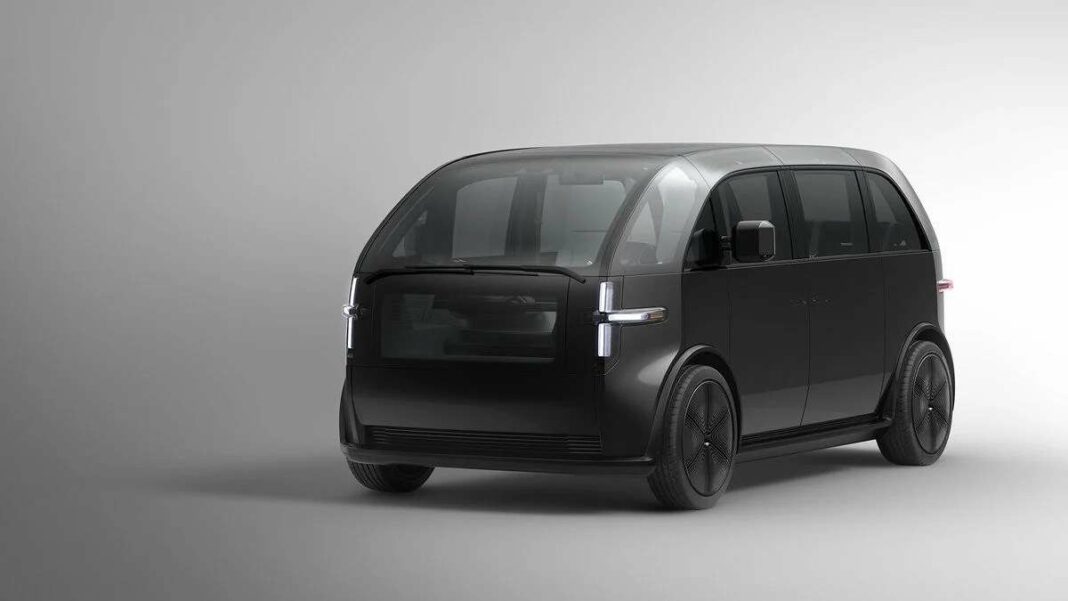Canoo’s recent bankruptcy highlights the struggles within the electric vehicle sector, as the startup faced $164 million in liabilities against $126 million in assets. Despite initial promise and partnerships with firms like Walmart and NASA, Canoo failed to convert innovative prototypes into profitable production. The company’s challenges reflect broader industry issues, including the limitations of the SPAC model, suggesting a shift towards consolidation where only the most viable companies may succeed.
Canoo’s Bankruptcy: A Wake-Up Call for the Electric Vehicle Industry
The electric vehicle (EV) industry has been rocked by the recent news of Canoo’s bankruptcy. This American startup, which emerged seven years ago, has declared financial insolvency, revealing $164 million in liabilities against only $126 million in assets. Canoo’s downfall adds to the increasing list of startups in the EV sector struggling to navigate the challenging market landscape.
The Rise and Fall of Canoo
Canoo’s journey began with great promise, born from the remnants of Faraday Future in 2017. The startup captured investor interest with its innovative modular platform and a fresh vision for electric mobility, breaking away from the conventional design of traditional vehicles. Its technology was even appealing enough to catch the eye of tech giant Apple, who was on the lookout for partners for its own electric vehicle initiatives.
However, Canoo’s experience serves as a cautionary tale about the disparity between cutting-edge technology and the practicalities of commercial success. Despite securing promising contracts with major players like Walmart and NASA, the company struggled to transition its prototypes into a profitable mass production model.
One of Canoo’s standout offerings, the “Lifestyle Vehicle,” was seen as a game-changer in the EV market. This vehicle featured a modular platform, an 80 kWh battery delivering a 400 km range (EPA cycle), and a powerful 350 hp motor. Its unique “cab-forward” design and by-wire steering system (similar to that of the Cybertruck) allowed for a spacious interior comparable to larger SUVs, all within a compact frame.
Inside, Canoo redefined conventional automotive interiors, opting for a modular living space and a cockpit controlled via tablet, yet these innovations ultimately failed to gain traction with consumers.
Despite multiple strategic attempts, including a leadership change with Tony Aquila at the helm, Canoo could not recover. The shift in focus towards commercial fleets over individual consumers did not yield the desired results. Additionally, questionable management practices, such as excessive spending on private jets and renting office spaces from Aquila’s own firm, undermined the company’s stability.
Canoo’s fate is not an isolated incident; other companies like Fisker, Lordstown Motors, and Proterra have also faced similar challenges. The SPAC (Special Purpose Acquisition Company) model, which enabled these firms to go public swiftly, is beginning to reveal its limitations.
A SPAC acts as a shortcut for companies to enter the stock market. Instead of undergoing the lengthy traditional IPO process, a startup merges with an already listed company created specifically for this purpose. While this approach appears efficient, it often comes with hidden costs.
Canoo’s merger with Hennessy Capital in 2020 brought in $600 million, but this influx of cash may have obscured underlying structural issues that a more thorough IPO process could have exposed. The company’s bankruptcy signals a potential shift in the industry, suggesting an end to the era where startups could secure substantial funding merely on the promise of an electric future. The automotive landscape may now be shifting towards consolidation, where only the strongest and most sustainable players will thrive.
